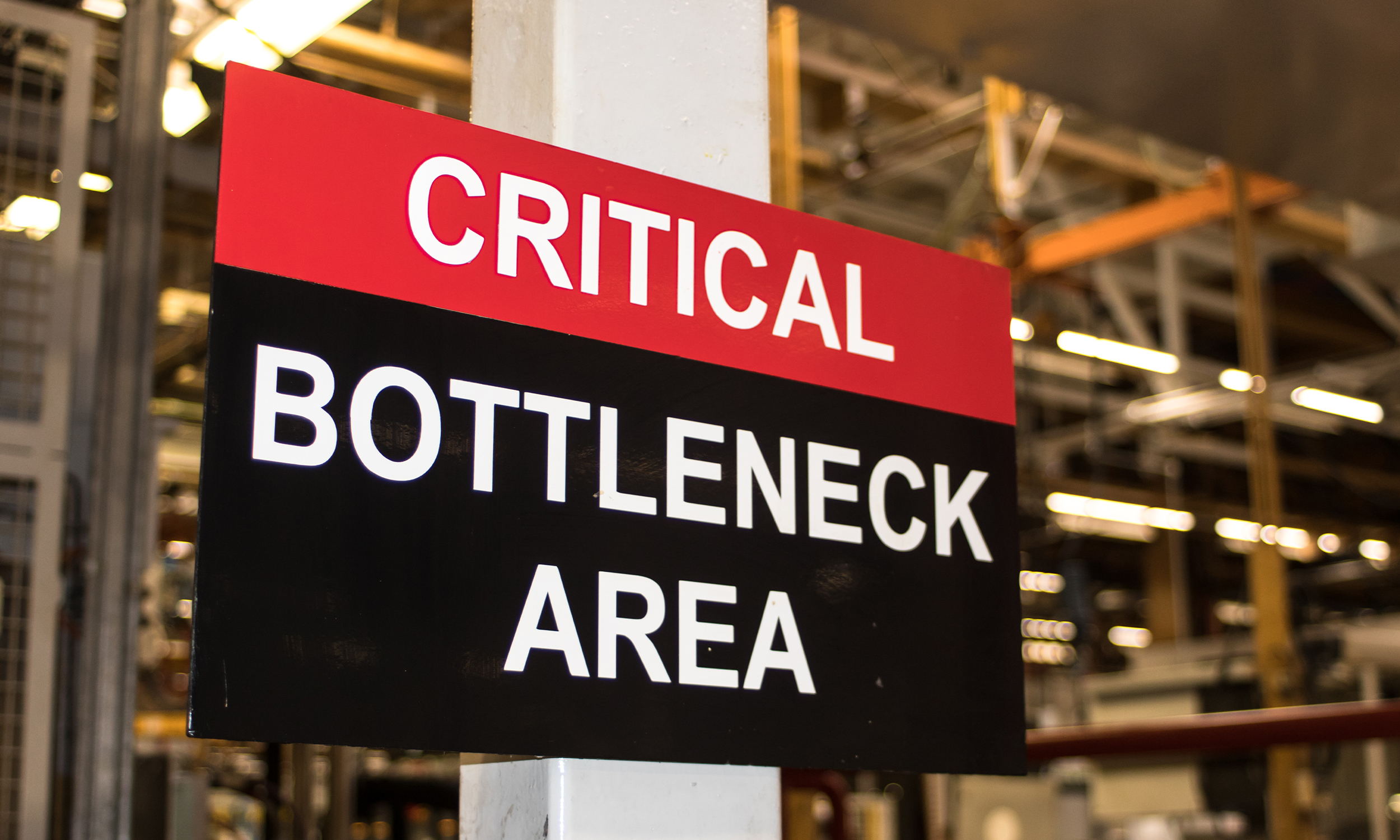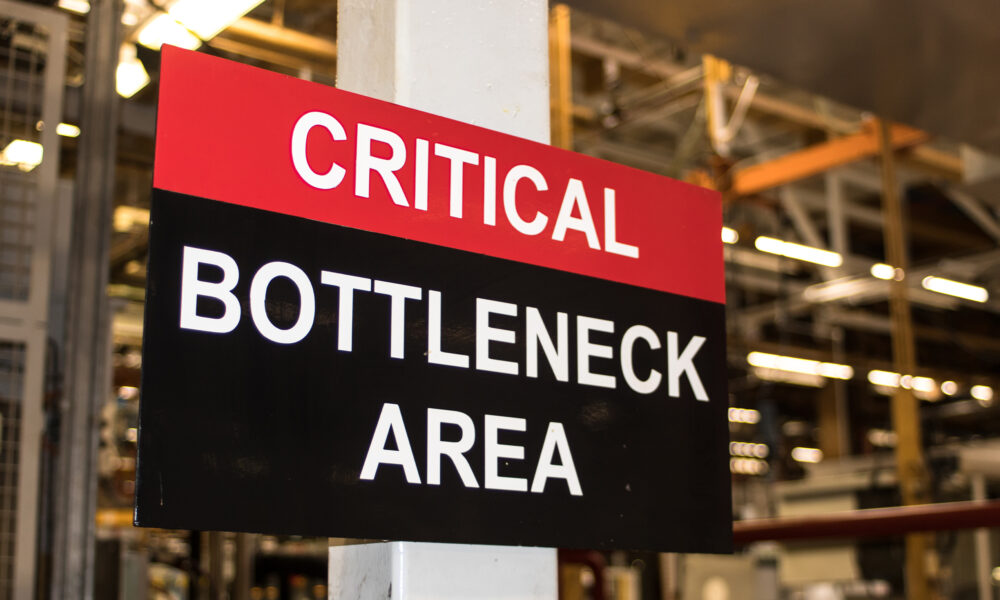The global economy is grappling with a significant challenge: the shortage of skilled workers. This universal bottleneck is stalling economic growth. Here, Stefan Reuther, Member of the Executive Board at automation supplier COPA-DATA, explains how standardization could alleviate the global skills shortage.
The skills shortage isn’t just a localized issue, but a widespread problem impacting industries across the globe. Demographic changes, coupled with intense global competition, mean that finding suitable candidates can be extremely challenging. In some nations, salary expectations are sky high. This leaves companies in fierce competition with each other to attract top candidates. In other markets, while the quantity of jobseekers may be very high, but the quality of these applicants is low. There are also nations with ageing populations, where job mobility is slow and suitable candidates are hard to come by.
However, there is a solution that can alleviate this burden: standardization.

A universal bottleneck
Fundamentally, the shortage of skilled workers is stalling economic development. Companies worldwide struggle to seize growth opportunities and others grapple with competition in an employee-centric market. What’s more, the persistent lack of skilled workers results in heightened work pressure on existing employees, which negatively impacts quality, innovation, creativity and motivation. This creates a vicious cycle: overburdened staff, diminished outputs and stifled progress.
The global job market’s dynamics further complicate this issue. Costs for skilled personnel are skyrocketing, driven by an employee-friendly market. High-potential candidates are increasingly mobile, seeking opportunities that not only match their skill level but also offer better career satisfaction and flexibility than ever before.
This is certainly the case in the technology realm, but we are also witnessing this phenomenon in industries that COPA-DATA serves including engineering, manufacturing and energy. In fact, we are seeing projects that cannot be started because there is simply not enough personnel, and we’ve heard of property which was damaged due to lack of staff.
Streamlining through standardization
Software tools have long been hailed as a potential solution for labor shortages. Promising to optimize data capture, enhance human decision making and apply automation, intelligent software can, in theory, reduce administrative burdens and improve operational efficiency.
However, reality often falls short of this ideal. Many digital tools that claim to streamline operations do so in silos, functioning on limited communication protocols or exclusively working with proprietary hardware. This isolation creates inefficiencies, as systems that should be working together end up operating in a disconnected, isolated or sealed off manner.
What’s more, the market is flooded with digital tools, each speaking a different language or using varying communication protocols. This babel of technologies requires significant human resource investment to navigate and harmonize the disparate data and insights these systems generate. In turn, this further exemplifies the skills challenge. Could standardization solve this problem?
Setting the standard
In the realm of software, standardization refers to the adoption of uniform protocols, interfaces and practices that ensure interoperability among different systems. By establishing common standards, companies can integrate software applications, enabling them to communicate and share data. This reduces complexity and eliminates the inefficiencies of managing disparate systems.
COPA-DATA has long taken the standardized method to software development. Created over three decades ago using a hardware-agnostic approach, the zenon software platform has evolved to include over 300 native communication protocols. This enables systems of all ages, manufacturers and protocol to communicate. More recently, our team has taken this ethos a step further by advocating the Module Type Package (MTP) standard.
MTP is the cross-industry and cross-manufacturer standardization of the interfaces of different pieces of machinery which form a module. The basic requirement for modular production is uniform descriptions of information for these so-called modules. MTP makes this possible by breaking down a production line or industrial equipment infrastructure into smaller units. By ensuring they all speak the same language, this method supports interchangeability.
In practice, this allows businesses to be nimbler and more adaptive. It significantly reduces programming time required for complex production set ups and therefore facilitates faster time-to-market. For many industries, this also provides opportunities to experiment in small batch production with little engineering effort required from workers. Hence the industry nickname, plug-and-produce.
While the advantages of standardization for businesses are evident, where do employees fit in this model?
Flexibility and focus
For employees, standardization reduces the need for extensive training and retraining on different systems. It is akin to buying a pair of ready-made sneakers instead of commissioning a cobbler for custom shoes. It’s much faster, more efficient and most importantly, employees know exactly what to expect.
Delivering this standardization ensures the most skilled workers can focus on the areas where they generate the most value. It removes the need for complex training on multiple systems and saves valuable time and resources.
In a somewhat ironic twist, standardization can also spark more creativity within engineering teams. By ensuring routine tasks can be handled more efficiently, it frees up resources for innovation. Essentially, giving workers the opportunity to apply the craftsmanship of a cobbler, while standardization supports the efficiency and throughput of sneaker mass manufacture.
Solving the skills shortage
The global economy is continuing to struggle with a severe shortage of skilled workers, but standardization can offer a solution. By adopting standardized software protocols and interfaces, companies can seize the promises that enterprise software has long promised — easing the burden on their workforce, boosting operational efficiency and creating room to ignite innovation.
To learn more about COPA-DATA, visit the website here.








